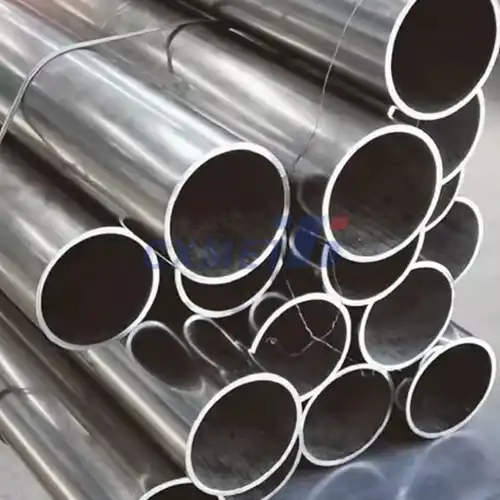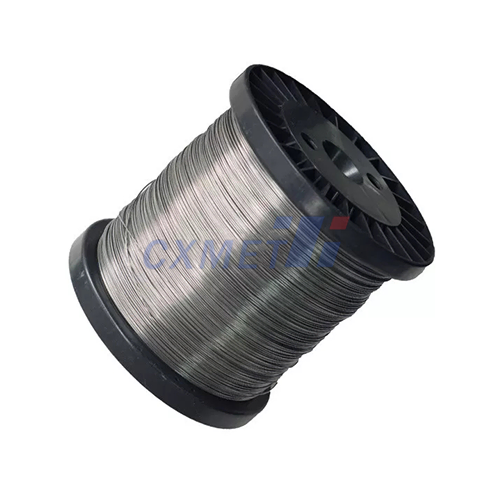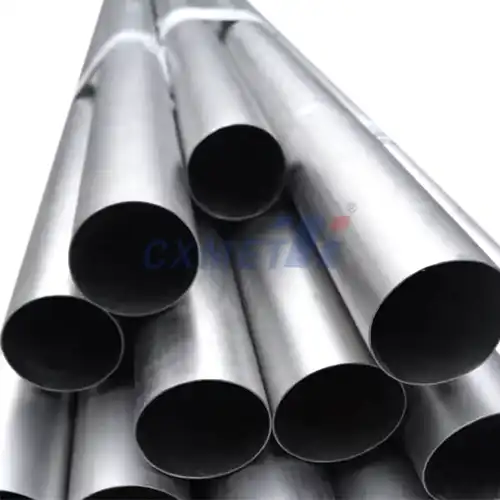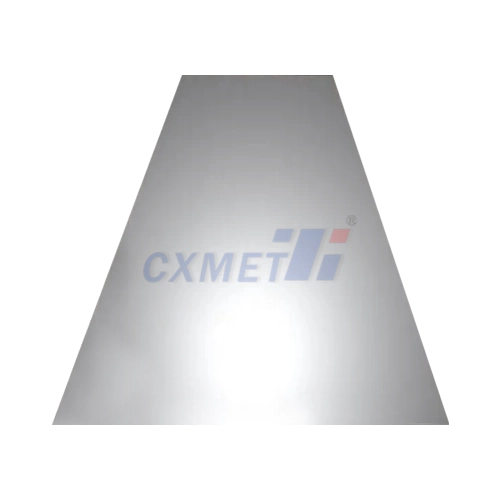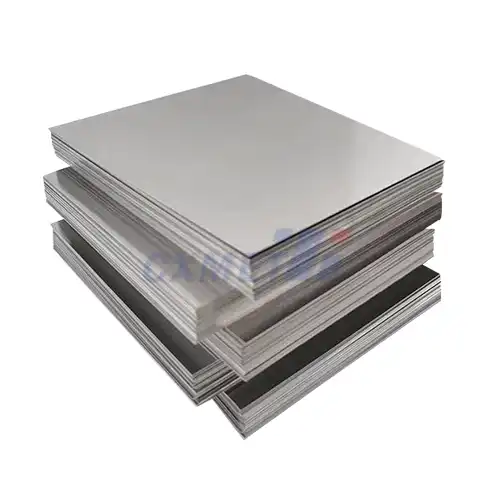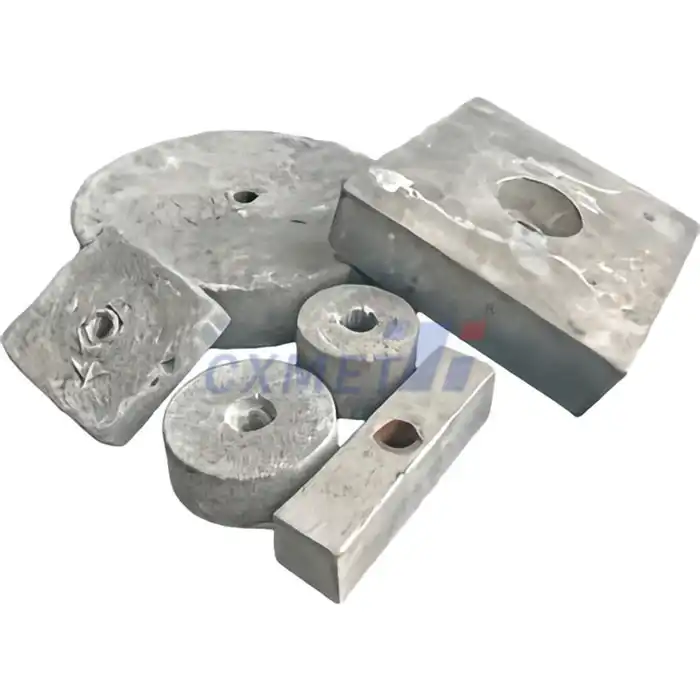- English
- French
- German
- Portuguese
- Spanish
- Russian
- Japanese
- Korean
- Arabic
- Greek
- German
- Turkish
- Italian
- Danish
- Romanian
- Indonesian
- Czech
- Afrikaans
- Swedish
- Polish
- Basque
- Catalan
- Esperanto
- Hindi
- Lao
- Albanian
- Amharic
- Armenian
- Azerbaijani
- Belarusian
- Bengali
- Bosnian
- Bulgarian
- Cebuano
- Chichewa
- Corsican
- Croatian
- Dutch
- Estonian
- Filipino
- Finnish
- Frisian
- Galician
- Georgian
- Gujarati
- Haitian
- Hausa
- Hawaiian
- Hebrew
- Hmong
- Hungarian
- Icelandic
- Igbo
- Javanese
- Kannada
- Kazakh
- Khmer
- Kurdish
- Kyrgyz
- Latin
- Latvian
- Lithuanian
- Luxembou..
- Macedonian
- Malagasy
- Malay
- Malayalam
- Maltese
- Maori
- Marathi
- Mongolian
- Burmese
- Nepali
- Norwegian
- Pashto
- Persian
- Punjabi
- Serbian
- Sesotho
- Sinhala
- Slovak
- Slovenian
- Somali
- Samoan
- Scots Gaelic
- Shona
- Sindhi
- Sundanese
- Swahili
- Tajik
- Tamil
- Telugu
- Thai
- Ukrainian
- Urdu
- Uzbek
- Vietnamese
- Welsh
- Xhosa
- Yiddish
- Yoruba
- Zulu
What are the Applications of 3D Pure Titanium Powder in Different Industries?
3D Pure Titanium Powder has emerged as a revolutionary material in various industries, particularly in the realm of additive manufacturing and 3D printing. This fine, high-purity metallic powder offers unique properties that make it invaluable for creating complex, lightweight, and durable components. As industries continue to seek innovative solutions for product development and manufacturing, the applications of 3D Pure Titanium Powder have expanded significantly, ranging from aerospace and automotive to medical and consumer goods sectors.
How is 3D Pure Titanium Powder manufactured?
The production of 3D Pure Titanium Powder involves a sophisticated process that ensures high quality and consistency, critical factors for its successful application in additive manufacturing. The manufacturing process typically begins with high-purity titanium raw material, which undergoes several stages of refinement and processing to achieve the desired powder form.
One common method for producing 3D Pure Titanium Powder is gas atomization. In this process, molten titanium is forced through a nozzle and then rapidly cooled and solidified using inert gas jets. This technique results in spherical powder particles with excellent flowability, a crucial characteristic for 3D printing applications. The size and shape of the particles can be controlled by adjusting various parameters during the atomization process, allowing manufacturers to tailor the powder to specific 3D printing technologies and end-use requirements.
Another method used in the production of 3D Pure Titanium Powder is plasma atomization. This technique involves feeding titanium wire into a plasma torch, which melts the metal and breaks it into fine droplets. These droplets then solidify into spherical powder particles as they fall through a cooling chamber. Plasma atomization is known for producing highly spherical particles with excellent purity, making it particularly suitable for demanding applications in aerospace and medical industries.
After the initial powder production, further processing steps may be employed to refine the powder characteristics. These can include sieving to achieve a specific particle size distribution, heat treatment to modify the powder's microstructure, and surface treatments to enhance flowability or other properties. Quality control measures, such as particle size analysis, chemical composition testing, and flowability assessments, are rigorously applied throughout the manufacturing process to ensure the powder meets the stringent requirements for 3D printing applications.
The manufacturing of 3D Pure Titanium Powder requires significant expertise and specialized equipment, which contributes to its relatively high cost compared to conventional manufacturing materials. However, the unique properties and capabilities it offers in additive manufacturing often justify the investment for many high-value applications.
What are the advantages of using 3D Pure Titanium Powder in additive manufacturing?
The use of 3D Pure Titanium Powder in additive manufacturing offers numerous advantages that have led to its increasing adoption across various industries. One of the primary benefits is the ability to create complex geometries that would be difficult or impossible to achieve using traditional manufacturing methods. This capability allows for the design and production of optimized components with improved performance characteristics, such as reduced weight and enhanced strength-to-weight ratios.
Titanium's inherent properties, including high strength, low density, and excellent corrosion resistance, are fully leveraged in powder form for additive manufacturing. Components produced using 3D Pure Titanium Powder exhibit exceptional mechanical properties, making them suitable for demanding applications in aerospace, automotive, and medical industries. The powder's high purity also contributes to the superior quality of the final products, ensuring consistency and reliability in critical applications.
Another significant advantage of using 3D Pure Titanium Powder is the potential for material efficiency and waste reduction. Additive manufacturing processes, such as selective laser melting (SLM) or electron beam melting (EBM), use only the amount of powder necessary to build the component, with excess powder often being recyclable. This efficiency is particularly valuable when working with expensive materials like titanium, as it helps to minimize material waste and reduce overall production costs.
The flexibility offered by 3D printing with titanium powder enables rapid prototyping and iterative design processes. Manufacturers can quickly produce and test multiple iterations of a component, accelerating product development cycles and reducing time-to-market. This agility is particularly beneficial in industries where customization and continuous improvement are crucial, such as in the development of medical implants or aerospace components.
Furthermore, the use of 3D Pure Titanium Powder in additive manufacturing allows for the consolidation of multiple parts into a single, complex component. This capability can lead to significant reductions in assembly time, decreased potential points of failure, and improved overall product performance. In industries like aerospace, where weight savings and part count reduction are critical, this advantage can translate into substantial operational benefits and cost savings over the lifecycle of the product.
Which industries benefit most from 3D Pure Titanium Powder applications?
The unique properties of 3D Pure Titanium Powder and its compatibility with additive manufacturing technologies have made it a valuable material across various industries. However, certain sectors have particularly benefited from its applications due to their specific requirements and the challenges they face.
The aerospace industry has been at the forefront of adopting 3D Pure Titanium Powder for manufacturing critical components. The material's high strength-to-weight ratio is crucial for creating lightweight yet durable parts that can withstand the extreme conditions of flight. Aerospace manufacturers use titanium powder to produce complex structural components, engine parts, and even entire sections of aircraft. The ability to create optimized designs with internal cooling channels or lattice structures has led to improved fuel efficiency and performance in modern aircraft.
In the medical field, 3D Pure Titanium Powder has revolutionized the production of implants and prosthetics. Titanium's biocompatibility and ability to osseointegrate make it an ideal material for orthopedic and dental implants. Using additive manufacturing, medical device companies can create custom implants tailored to individual patient anatomies, improving fit, functionality, and patient outcomes. The technology also allows for the creation of porous structures that promote bone ingrowth, enhancing the long-term success of implants.
The automotive industry has also found significant applications for 3D Pure Titanium Powder, particularly in high-performance and racing sectors. Titanium components produced through additive manufacturing are used in exhaust systems, suspension components, and even engine parts. The material's strength and heat resistance make it ideal for these demanding applications, while the design freedom offered by 3D printing allows for optimized shapes that can improve vehicle performance and efficiency.
In the energy sector, 3D Pure Titanium Powder is used to manufacture components for oil and gas exploration, as well as parts for renewable energy systems. The material's corrosion resistance is particularly valuable in these applications, where exposure to harsh environments is common. Additive manufacturing enables the production of complex heat exchangers, turbine blades, and other critical components with improved efficiency and durability.
The consumer goods industry has also begun to explore the possibilities offered by 3D Pure Titanium Powder. High-end sports equipment, luxury goods, and even jewelry are being produced using this technology, leveraging titanium's strength, lightweight nature, and unique aesthetic appeal. The ability to create intricate designs and customized products opens up new possibilities for product differentiation and personalization in the consumer market.
As the technology continues to advance and become more cost-effective, it is likely that we will see even broader adoption of 3D Pure Titanium Powder across these and other industries. The material's unique properties, combined with the design freedom offered by additive manufacturing, position it as a key enabler of innovation and performance improvement in various sectors.
At SHAANXI CXMET TECHNOLOGY CO., LTD, we take pride in our extensive product range, which caters to diverse customer needs. Our company is equipped with outstanding production and processing capabilities, ensuring the high quality and precision of our products. We are committed to innovation and continuously strive to develop new products, keeping us at the forefront of our industry. With leading technological development capabilities, we are able to adapt and evolve in a rapidly changing market. Furthermore, we offer customized solutions to meet the specific requirements of our clients. If you are interested in our products or wish to learn more about the intricate details of our offerings, please do not hesitate to contact us at sales@cxmet.com. Our team is always ready to assist you.
References:
1. ASTM International. (2021). "Standard Specification for Additive Manufacturing Titanium-6 Aluminum-4 Vanadium with Powder Bed Fusion."
2. Gu, D. (2015). "Laser Additive Manufacturing of High-Performance Materials." Springer.
3. Herzog, D., Seyda, V., Wycisk, E., & Emmelmann, C. (2016). "Additive manufacturing of metals." Acta Materialia, 117, 371-392.
4. Lewandowski, J. J., & Seifi, M. (2016). "Metal Additive Manufacturing: A Review of Mechanical Properties." Annual Review of Materials Research, 46, 151-186.
5. Liu, S., & Shin, Y. C. (2019). "Additive manufacturing of Ti6Al4V alloy: A review." Materials & Design, 164, 107552.
6. Qian, M., & Froes, F. H. (2015). "Titanium Powder Metallurgy: Science, Technology and Applications." Butterworth-Heinemann.
7. Sing, S. L., An, J., Yeong, W. Y., & Wiria, F. E. (2016). "Laser and electron-beam powder-bed additive manufacturing of metallic implants: A review on processes, materials and designs." Journal of Orthopaedic Research, 34(3), 369-385.
8. Sutton, A. T., Kriewall, C. S., Leu, M. C., & Newkirk, J. W. (2017). "Powder characterisation techniques and effects of powder characteristics on part properties in powder-bed fusion processes." Virtual and Physical Prototyping, 12(1), 3-29.
9. Tan, X., Kok, Y., Tan, Y. J., Descoins, M., Mangelinck, D., Tor, S. B., ... & Chua, C. K. (2016). "Graded microstructure and mechanical properties of additive manufactured Ti–6Al–4V via electron beam melting." Acta Materialia, 97, 1-16.
10. Wang, X., Xu, S., Zhou, S., Xu, W., Leary, M., Choong, P., ... & Xie, Y. M. (2016). "Topological design and additive manufacturing of porous metals for bone scaffolds and orthopaedic implants: A review." Biomaterials, 83, 127-141.
